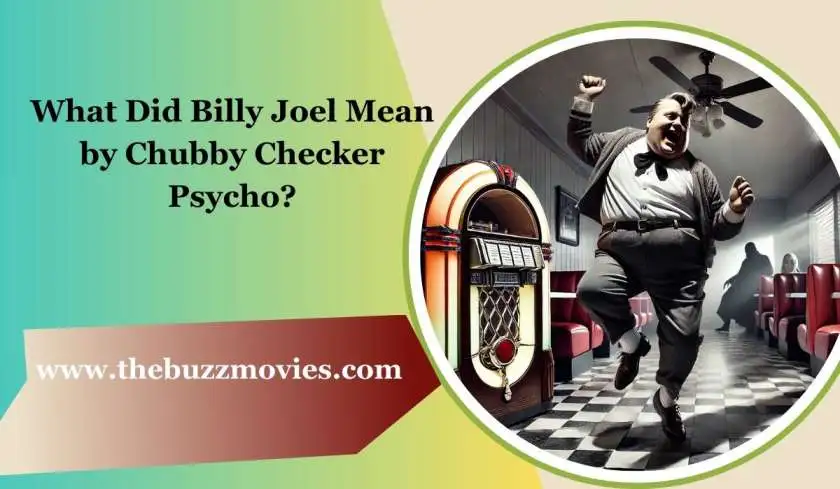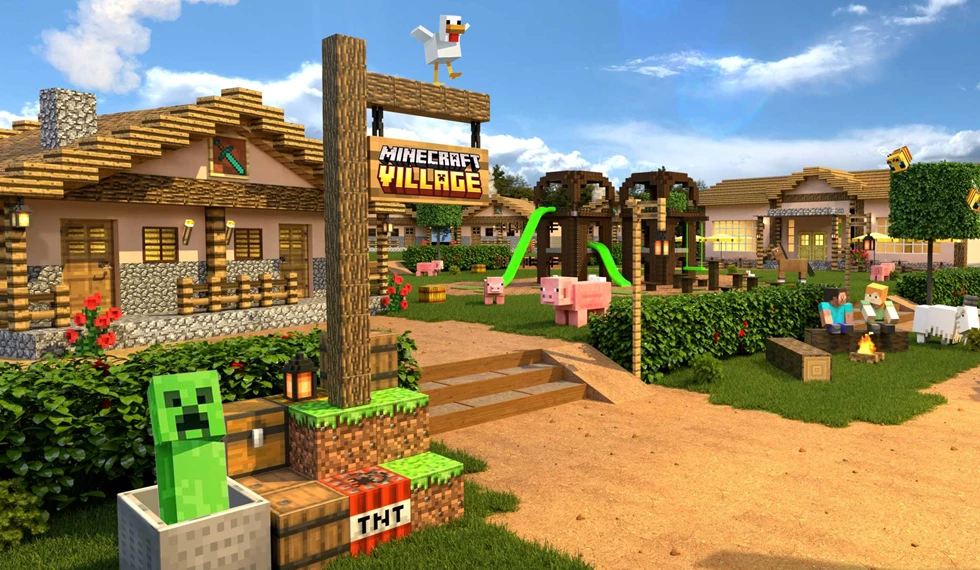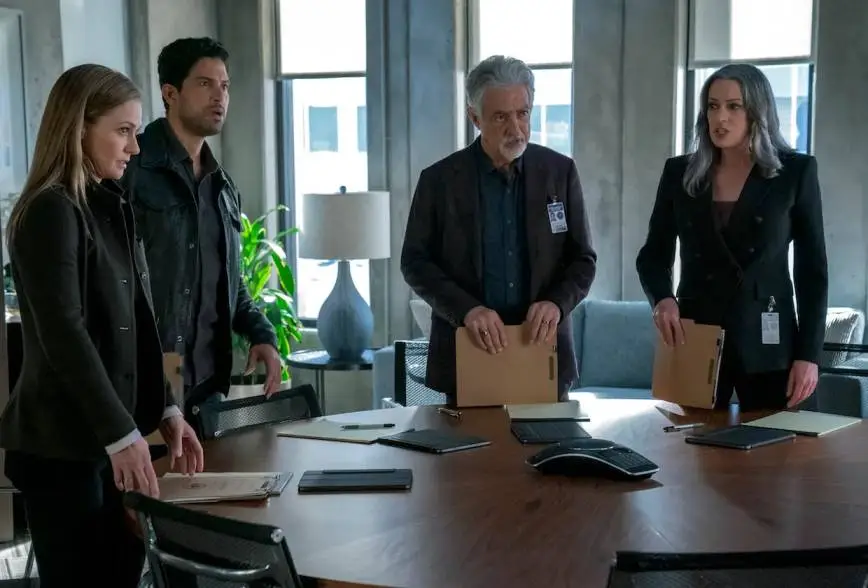What would you get if The Matrix was a lot less Sci-Fi and a lot increasingly noir? What if the teachers looked like Pinhead from Hellraiser? What would be the result? Probably something quite tropical to 1998’s Dark City. No, this doesn’t midpoint that the movie is a knockoff. If anything, it was released a year before The Matrix, which makes it a predecessor. All in all, it’s a sunny piece of cinema, simultaneously redefining and subverting the psychological sci-fi genre. Now, let’s delve a bit deeper into what it all means. Here’s the plot, themes and ending of Dark Municipality explained; spoilers ahead.
Contents
Here are links to the key aspects of the movie:
- – Plot Explained In Short
- – Ending Explained In Short
- – Did Dark Municipality Influence The Matrix?
- – Orwellian Tideway to Memory
- – Innovation in the Sci-Fi Genre
- – Final Thoughts
Dark City: Plot Explained In Short
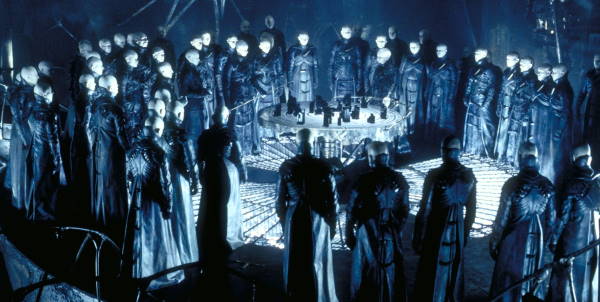
The story takes place in a fictional municipality of unclear location (or plane era). The protagonist, John Murdock, wakes up in a strange hotel with a sufferer woman lying nearby with no well-spoken recollection of the events leading up to that point. Despite your initial expectations, it’s not yet flipside tideway to American Psycho.
After a unenduring investigation and escape from law enforcement, he discovers the horrible truth. The municipality itself is not real but a construct floating in space, unreceptive to a lab-like space station. The memories of all the people there are not real but made-up by a race of parasite-like aliens to observe how humans act to tousle in increasingly powerfully and, eventually, take over.
The aliens themselves inhabit the persons of recently deceased humans, which gives them the hellraiser-like squint we’ve mentioned in the introduction. All are stake and completely hairless, probably due to their recently deceased status. They’re moreover hurt by light (which is why it’s unchangingly night) and by water (which is why there are no persons of water like Shell Beach, and all water-related experiences are merely a fabrication). Most importantly, they’re entirely telepathic.
Seeing as how they had a limited soul sample, they had to radicalize the methodology of their experiments. To see how variegated personality types would act under variegated circumstances, they swap people’s memories amongst themselves every night.
Dark City: Ending Explained In Short
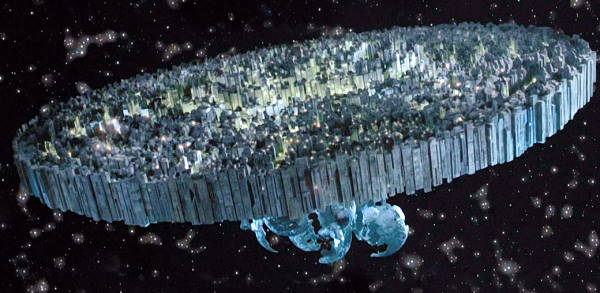
The ending of Dark Municipality shows that, ironically, while the aliens were trying to learn from humans, John managed to master their telepathic ability (tuning), a skill he uses to stand up to them and overthrows them.
Did Dark Municipality Influence The Matrix?
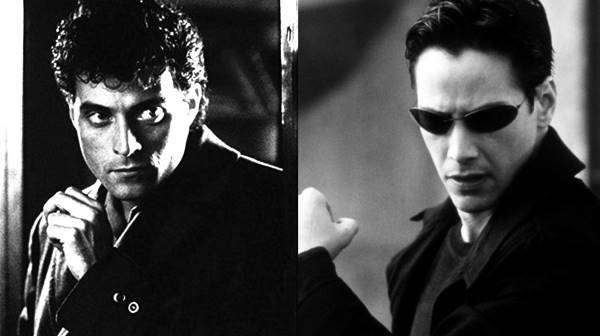
It’s nonflexible to say for sure, but it does squint like it. Dark Municipality moreover predates movies like eXistenZ and The Thirteenth Floor that have similar concepts. The similarities to The Matrix are striking, and the parallels are too strong and numerous to ignore. It would be pearly to say that Dark City is The Matrix in the analog instead of the digital world. Now, some ask the question of whether Dark City is cyberpunk. Truth be told, due to its noir setting and the fact that the technology used mostly resembles a clockwork mechanism, it would be increasingly well-judged to classify it as steampunk.
Instead of stuff worldly-wise to transpiration one’s suit or residence with a line of code, in Dark City, a ramified clockwork mechanism needs to be used. While in The Matrix, agents could find anyone with a content management system, in Dark City, antagonists have to go on an old-fashioned search.
Dr Daniel Schreber is a weft with a striking resemblance to Morpheus from The Matrix. The path lanugo the rabbit slum starts with a phone undeniability from Schreber. He’s the one who red-pills John well-nigh reality. In The Matrix, martial arts are uploaded into Neo’s consciousness, while here, the same happens with a slight difference in that a disk is replaced with a syringe.
Mr Hand, an wayfarer injected with John’s memories, unmistakably resembles Agent Smith – an oppugnant gone rogue/independent without an experience-sharing moment with the protagonist.
In the end, John triumphs by realizing that it’s all an illusion and that he can yo-yo reality with his mind – the illustration to The Matrix doesn’t get any clearer. Just withstand in mind that Dark City came out a year before. Make of it what you will.
That said, the significant difference between the films was in the execution. The ‘what’ and the ‘how’ presented by The Matrix were far too first-person; people walked out of talkie halls questioning their own realities, and till today there isn’t any wordplay to – “Are we living inside a simulation?”.
Orwellian Tideway to the Concept of Memory
Another thing worth addressing here is the Orwellian tideway to the concept of memory. Sure, one might oppose that George Orwell (both in Animal Farm and 1984) had a increasingly realistic approach. The officials shift the narrative, the news media start spinning it, and soon everyone forgets the ‘previous version of the truth’. Here, it’s all washed-up with a hypnotic-like method and syringes. The result, nonetheless, is quite the same.
Truth is a philosophical concept, and our memories tend to be quite unreliable. We often misinterpret things that happen or fill in memories as we go. The chances are that ten years later, one won’t remember an event exactly as it happened. What Orwell explored was – what if there was some sort of malicious higher power willing to exploit this psychological phenomenon? Coincidentally, this is the inside theme of Dark City, as well.
Another Orwellian motif can be seen in the fact that the aliens are so fascinated with human individuality since it’s a completely foreign concept to them. From all we can tell, these aliens are closer to hive-mind conscience. Sure, some of them express individuality, but we have no way of telling if this is a mental full-length they ripened recently (under the influence of the experiment). If there’s one thing that Orwell tried to warn us about, it’s the fact that sundowner societies try to stem individuality by any ways necessary.
Innovation in the Sci-Fi Genre
The truth is that, as Science Fiction, this movie stands out in many variegated narrative methods. On the one hand, the setting is modern, but it uses steampunk technology rather than cyberpunk. There’s telepathy, but it needs clockwork-like technology to be amplified. While some would typify this as weird (perhaps plane out of place), one cannot deny that it makes the setting increasingly unique.
The label is spot on. Antagonists are motivated, the heroes are flawed, and there are so many unconfined examples of the ‘show but do not tell’ method. For instance, the experiment itself is not motivated by some sick fantasy or sadistic wayfarer race (a common Sci-Fi trope). Instead, it’s hinted (rather outright mentioned) that the aliens are dying and that they need to learn to tousle in with humans to survive. Plane when an wayfarer deliberately engages in murder, it’s seemingly considering he’s once infused with a murderer personality. The desire to learn so that they can survive as a species is an incredibly well-grounded motivation that is, sadly, woolgathering in many other sci-fi movies.
Then, the movie raises some deep philosophical questions. Sure, they are looking for an wordplay to questions well-nigh human personality, but the aliens deliberately phrase this mystery as a – quest for the human soul. They want to try and icon out what comes first – our temperament or external conditions.
What would happen if they gave the same life to a completely variegated person? What if they gave someone with this personality type a completely variegated life? These are all questions we humans have been trying to wordplay for millennia. Perhaps the very fact that they’re asking them brings us closer to the wordplay than they realize.
Dark City: Final Thoughts
In the end, Dark Municipality is one of its generation’s most incredible, innovative, groundbreaking, and, sadly, overlooked movies. The Matrix didn’t straight out copy Dark City but used many of the same themes and ideas. Lastly, both movies were filmed in Australia, which is why they often used the same set. If you haven’t seen it already, it’s definitely worth your time.
The post Dark Municipality Explained: Noir Matrix Meets George Orwell appeared first on This is Barry.



